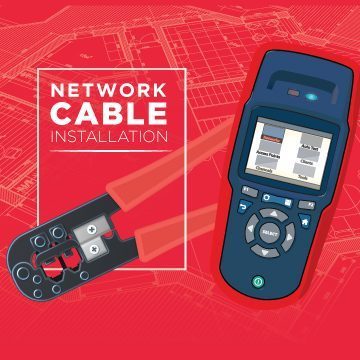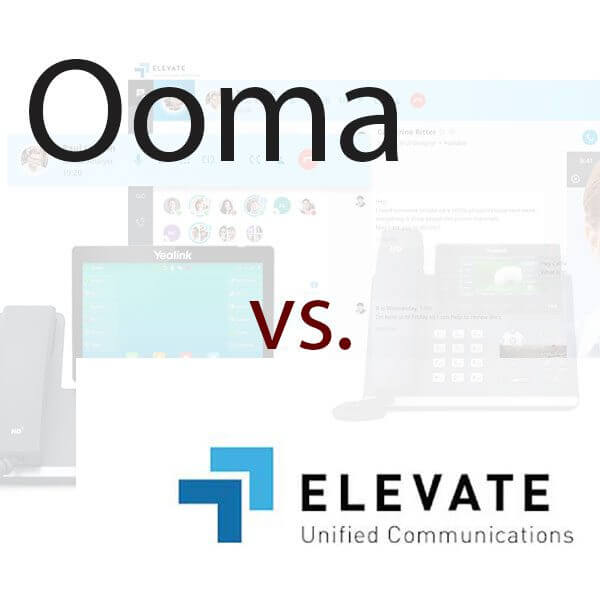What is a Low Voltage Cabling Specialist?
Electricians can perform network cable installation, but most Electrician’s expertise are based around power and not necessarily with data cables. Network cable installation is best if it is performed by a Structured Cabling Specialist. A Structured Cabling Specialist is knowledgeable about all the different physical components that make up a network, how they work together, and what to implement for a network’s top performance based on a client’s given needs. Structured Cabling Specialists install Fiber Optic cabling which is most often brought in from the outside of a building to a network server inside. Structured Cabling Specialists build server racks and make end-runs from the server to computers and other devices that are on the network such as cameras, and wireless access points. Structured Cabling Specialists also are very knowledgeable about telephone systems and run telephone cables as well.
A Structured Cabling Specialist with a BICSI (Building Industry Consulting Service International) certification will have expertise that qualifies them to assess a client’s needs and make infrastructure recommendations that will deliver your optimal data performance. A BICSI certified Structured Cabling Specialist is also qualified to perform work for the State and Federal Government contracts. When you need network cables installed ask your contractor if you are working with someone who is BICSI certified. Ask us about our BICSI certified Structured Cabling Specialists and get a cabling consult today.
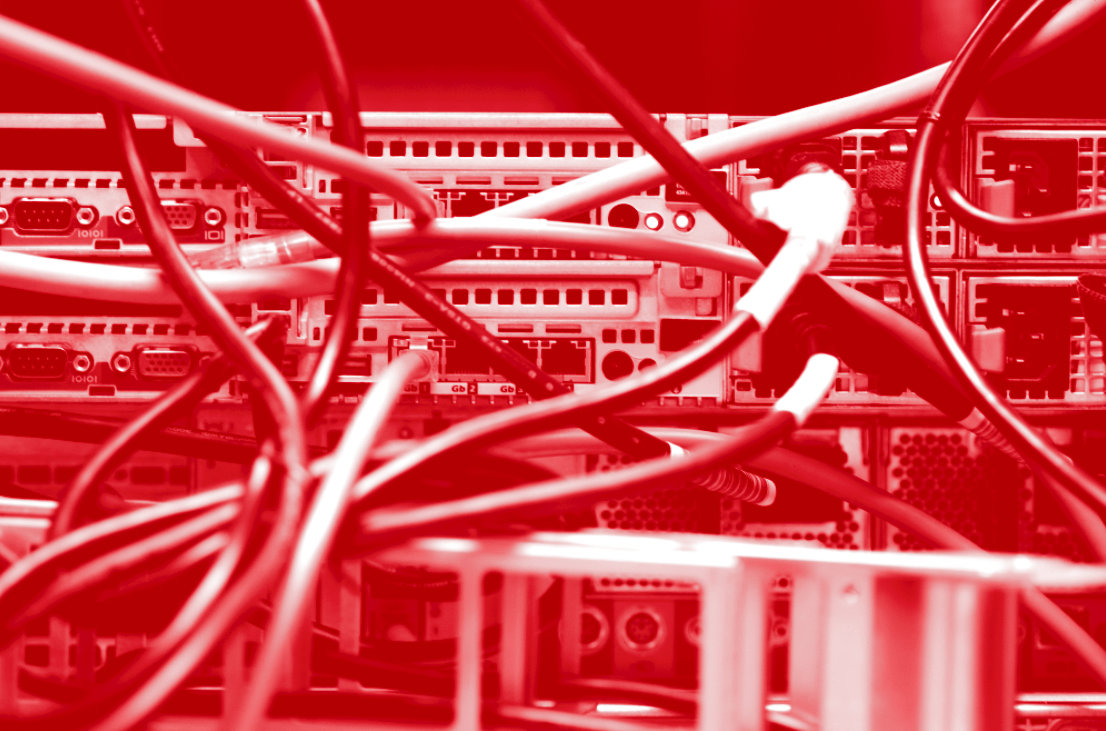 Go From Disorganized
Go From Disorganized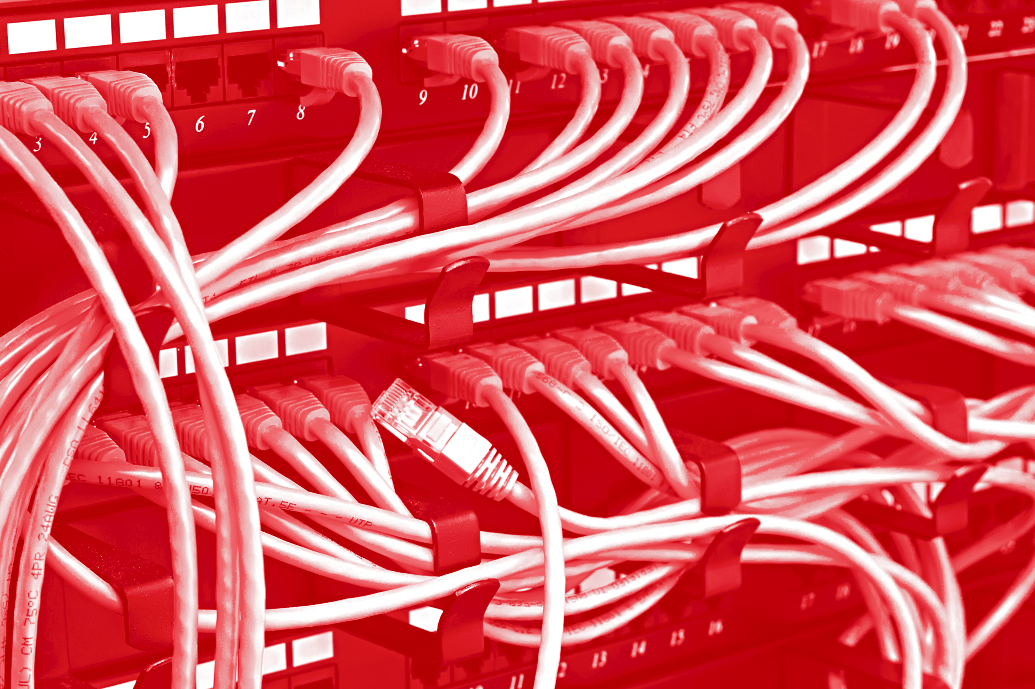 To Organized
To Organized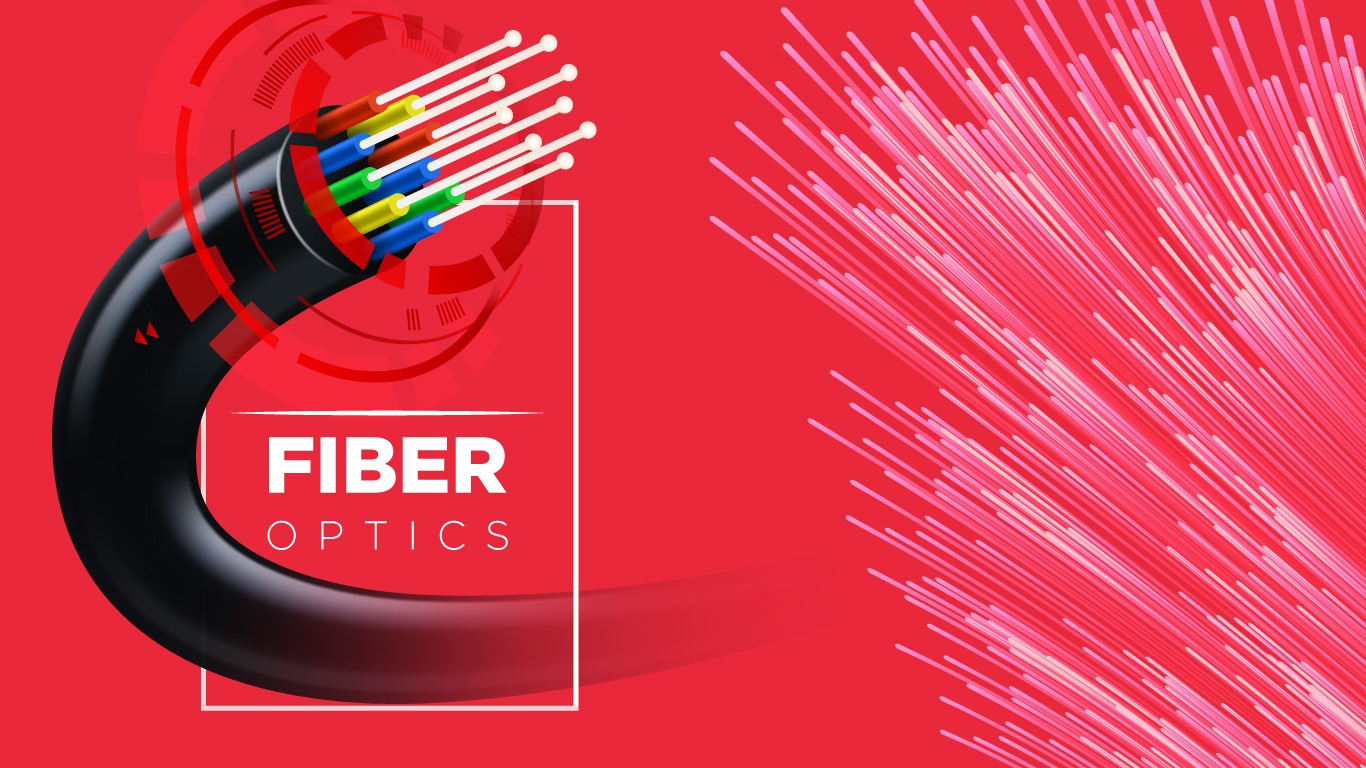
What is Fiber Optics?
Fiber Optic cables utilize extremely thin strands of glass or plastic fiber to transfer light pulses from one data source to another. Currently there isn’t another method faster and more accurate than fiber. Single-mode Fiber can go 40 km or more without hurting the signal and is great for connecting buildings that belong to the same network. Multimode Fiber, a data cable that consists of several strands of fiber delivers optimal performance between 300 and 400 meters which makes it great when connecting servers within a building. Unlike Cat 6 cables and Wi-Fi, Single-mode and Multimode Fiber has almost no attenuation issues. Attenuation is what happens when data travels and loses signal strength due to distance and disturbance. With wire cables the decibel level will weaken over distance, and if wire is next to other wire some frequency can escape from one line and add confusion to the line it’s next to. This can be a problem that occurs right at the server where a tangled rat’s nest of wires is often the norm. Ask us about organizing your server cables to deliver better performance
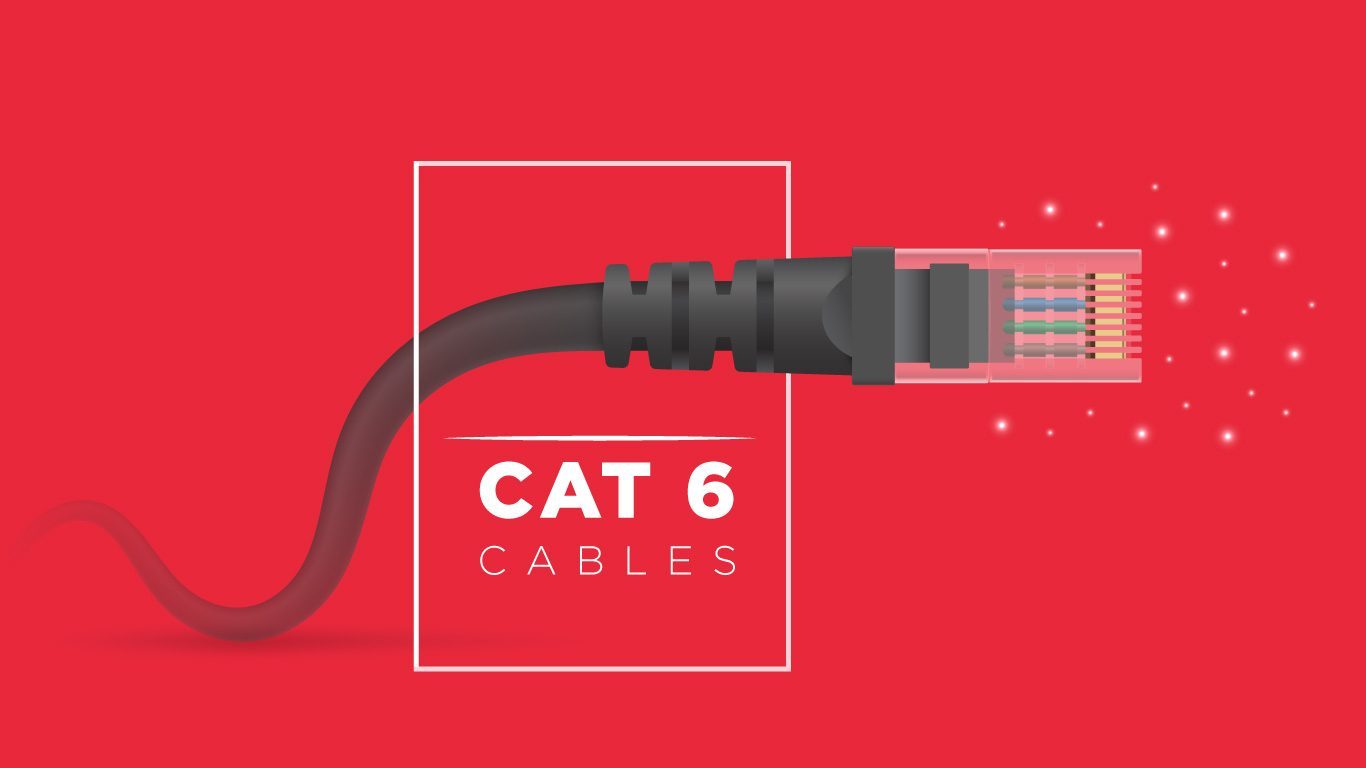
Why use Cat 6?
Cat 6 Cables are the current standard for network cables today. These cables deliver better performance than their predecessor Cat 5 and are much less expensive than Cat 7 and Cat 8. The cables are used typically to make end runs. An end run is typically a computer, a security camera, or a wireless access point, but can be any device connected to a server that receives and transmits data on the network.
Although not as fast as fiber Cat 6 cables connected directly to a device allow users large amounts of data enabling them to have multiple internet sites open and even stream content all with minimal to no buffering. Cat 6 cables add a level of security to a connected endpoint that Wi-Fi can be susceptible to. If network security is a concern to you check out these helpful tips from our blog.
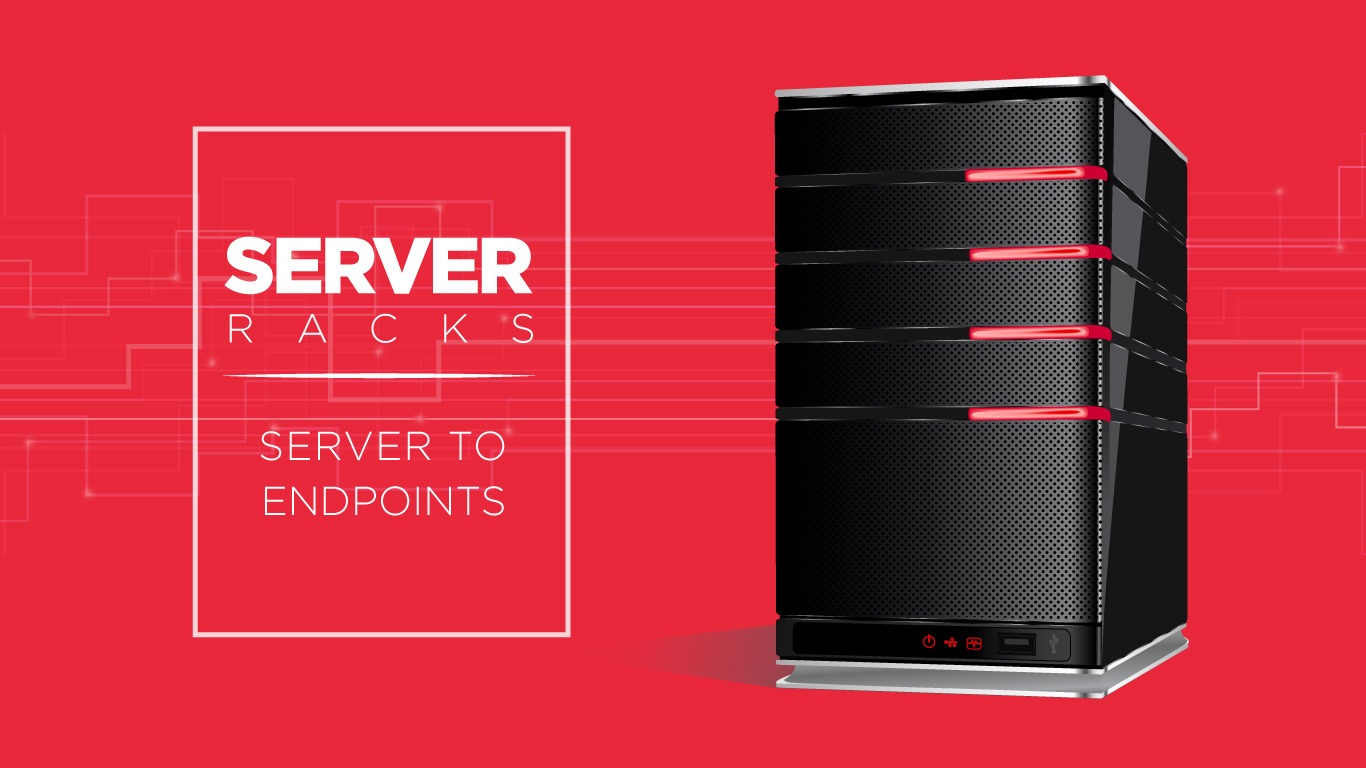
When to Invest in a Server Rack?
Server Racks are an integral hardware component to a robust network. Some businesses don’t need a rack to hold their server, but once an organization has more endpoints than a typical household it makes sense to invest in a rack. Server Racks come in many configurations and for a small business are typically located in a utility room, or sometimes in a mail room. They can also be found in Server Rooms if an organization needs multiple servers. These rooms will often have a drop floor or drop celling to give easy access to the cables connected to the server. This type of room will typically be protected by secure access that requires a prox card, or some other method of monitoring the rooms traffic while granting access to authorized individuals. Very often these rooms are under surveillance with multiple security cameras as well. Finally, these rooms tend to be highly controlled for temperature. The hardware components installed in the Server Racks runs hot and could easily overheat if cooling isn’t taken into consideration. If you need updated security cameras, ask us about Verkada Security Cameras.
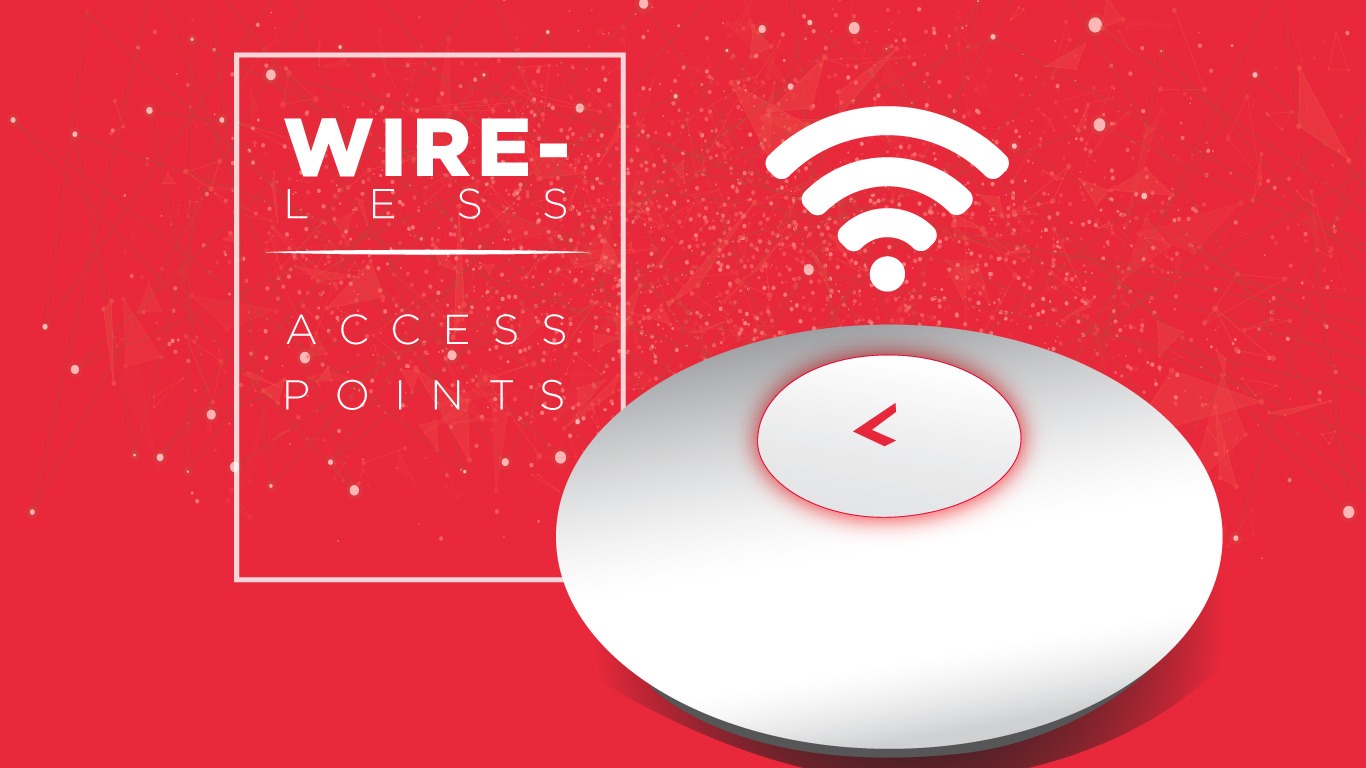
Invest in Wireless Access Points
Wireless Access Points are not a luxury for your network anymore. Organizations are either providing mobile tools like laptops, tablets, and mobile phones, or are allowing their employees and customers to bring their own device (BYOD) and connect to the network. So Wireless Access Points not only need to be fast and reliable, but they need to be strategically located throughout an organization to eliminate coverage holes. It’s an expectation today that while people are moving from one area of their workplace to another that they can be connected to the network so they can communicate while on the move. While doing this they don’t want to experience the frustration of losing their connection. Especially if they were doing something important and lost their connection at a critical time. Want a network assessment to see if your Wireless Access Points are doing the job, you need them to do?
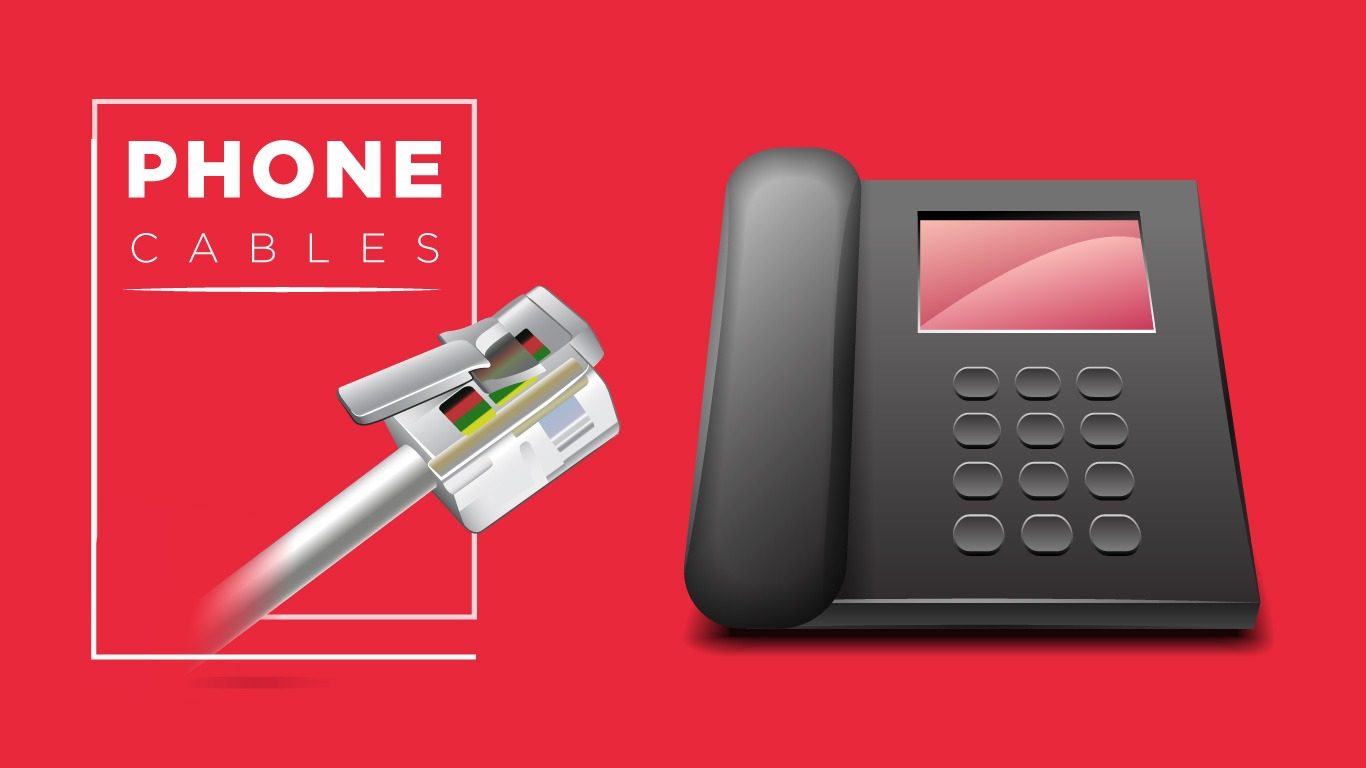
Phone Cables are Important too!
While most people have a mobile device now, for work a desk phone is still an important tool not to be overlooked. Many phones take both cat 6 data cables and your standard RJ-45 telephone cable. A Structured Cabling Specialist can help recommend and install the best cable for your desk phones. Desk phones are not just for call centers and receptionists. For interoffice communication they are still one of the best ways to stay in touch. They are ideal for customer interaction as well. Les Olson IT provides Elevate Cloud Systems. If you’d like to learn more click here
 When should you reach out to a Structured Cabling provider?
When should you reach out to a Structured Cabling provider?
While anytime is a good time, there are a few optimal times. One is when you and your Architect are planning your space for a new build or remodel. Time spent during this planning phase consulting with a Structured Cabling Specialist will result in making sure that the proper infrastructure is provided to accommodate the data cables you will need. A Structured Cabling Specialist may make recommendations about installing items like Smurf Tubes hidden in wall studs between the drywall that make it easy to fish cables from a device like a wall mounted monitor to another device like a Workstation Dock for a clean organized work environment. Other examples include making provisions for where fiber can be brought into the building and where to locate the Server Room. While all these things can be done after construction has taken place if they are planned for in advance things like patching drywall and repainting can be avoided. Another great time to consult with a Structured Cable Specialist is when you upgrade servers. Imagine updating your server and seeing no increase in performance. A Structured Cabling Specialist can run a diagnostic test on your current network infrastructure to see if you should consider upgrading your existing cables to better technology like Cat 6.
